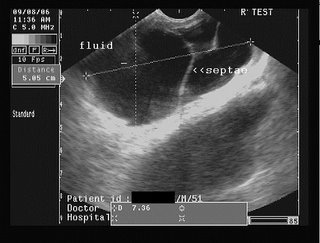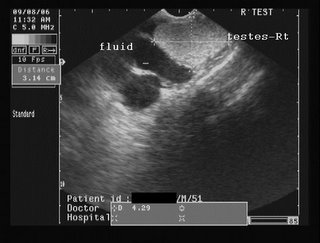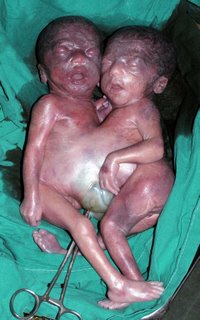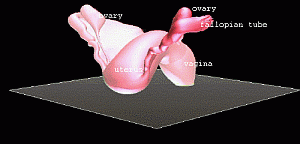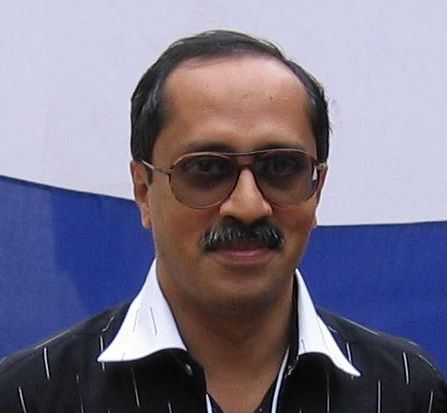Hi,
I am DR. JOE ANTONY, a radiologist having an ultrasound scan clinic here in
Cochin, Kerala, S. India.
I intend to set up pages (on this blog site) to explain sonographic techniques, images etc.,
for the medical professionals and the lay person.
My ultrasound scan clinic--
DR. JOE'S ULTRASOUND SCAN, is located at
No. 34, LIG COLONY, JUDGES AVENUE, OPPOSITE GRAND FRESH SUPERMART, KALOOR, COCHIN- 682018. The location is ideally placed, just 2 Kms. from
the North Railway station (Ernakulam Town station) and has a City Bus stop
(Lisie Bus stop) and
Lisie Metro station just close to it.
Auto- rickshaws and taxis are easily available here.
Ultrascan centre is located just opposite Grand Fresh supermart/ shopping mall at Judges Avenue, Kaloor, Cochin.
And yes, there is car parking space available, close to my ultrasound clinic.
FACILITIES AT Dr. JOE'S ULTRASOUND, COLOR DOPPLER AND ECHO (ECHOCARDIOGRAPHY) SCAN CENTRE:
1)My ultrasound scan centre uses the state of the art high resolution
NEMIO XG (TOSHIBA) COLOR DOPPLER ULTRASOUND machine.
The ultrasound and color Doppler machine has 4 probes -
1) a
convex 3.5/ 5 Mhz abdominal probe for scan of the
abdomen and pelvis;
2)I also use a multifrequency
high resolution endocavity probe for scan of the
female pelvic organs- uterus, ovaries, vagina etc. This probe is used for TRUS (transrectal ultrasound scan) of the prostate in males.
3)
Linear high frequency probe (5 to 11 MHz) to scan superficial organs
The
testes, thyroid and breast can also be studied with this probe. This is also useful for color Doppler scan of the peripheral arteries and veins.
In the male, I use this probe to scan the prostate by the transrectal route.
All these scans are done with a disposable protective sheath covering the probe.
For imaging of the breast, scrotum and thyroid etc., we use the high frequency 7 to 11 Mhz linear probe.
Almost every superficial part, including the joints and musculoskeletal regions can be scanned with this ultrasound probe. The color Doppler function of this small parts linear probe helps us to perform excellent color Doppler imaging (scans) of the carotid artery, jugular veins and veins and arteries of the limbs.
Varicose veins and deep vein thrombosis are also imaged well using the color Doppler system.
4)
Echocardiography (echo) probe for imaging of the heart in adults and children. This is useful in diagnosing conditions such as heart valve disease and coronary artery disease.
Other features:
Broad band- Net connectivity and internet based consultation: any interesting or unusual cases
are transmitted via the internet to groups of sonologists/ radiologists world wide for immediate
exchange of views and ideas.
Also possible to transmit the scan report to the patient's email id.
3) AMPLE SPACE:
Ultrascan centre occupies nearly 1200 sq feet of space.
The patient's waiting room is large and can seat at least 20 people at a time.
4) The clinic is airconditioned. Back up power is available in case of power outage.
CONTACT ME at:
91- 86065 31688
91- 484-2403058 (clinic)
9388623088 (mobile).
WORKING HOURS: 10.30 AM TO 4:00 PM. (IST).
Email: drjoea (at) gmail (dot) com

